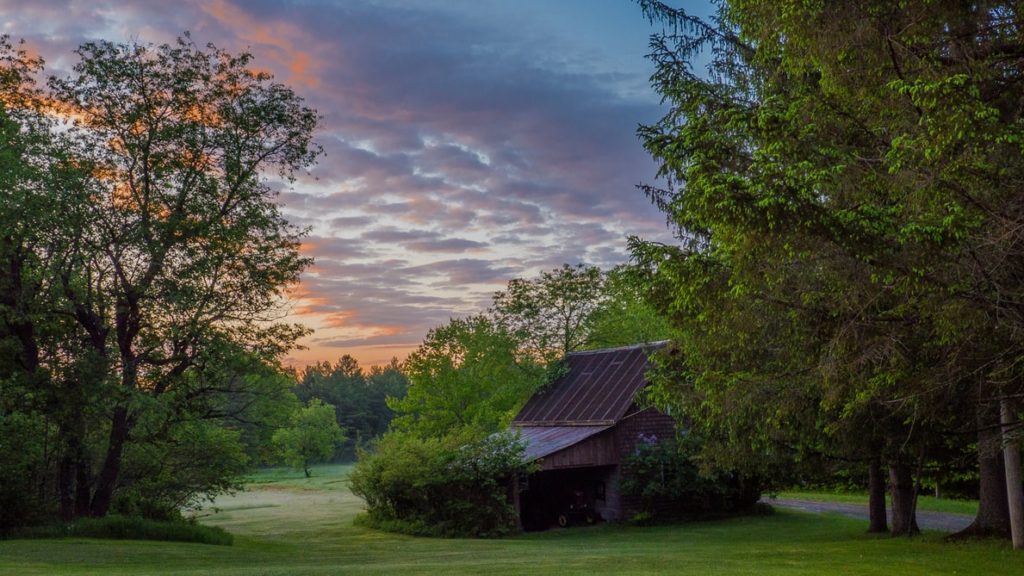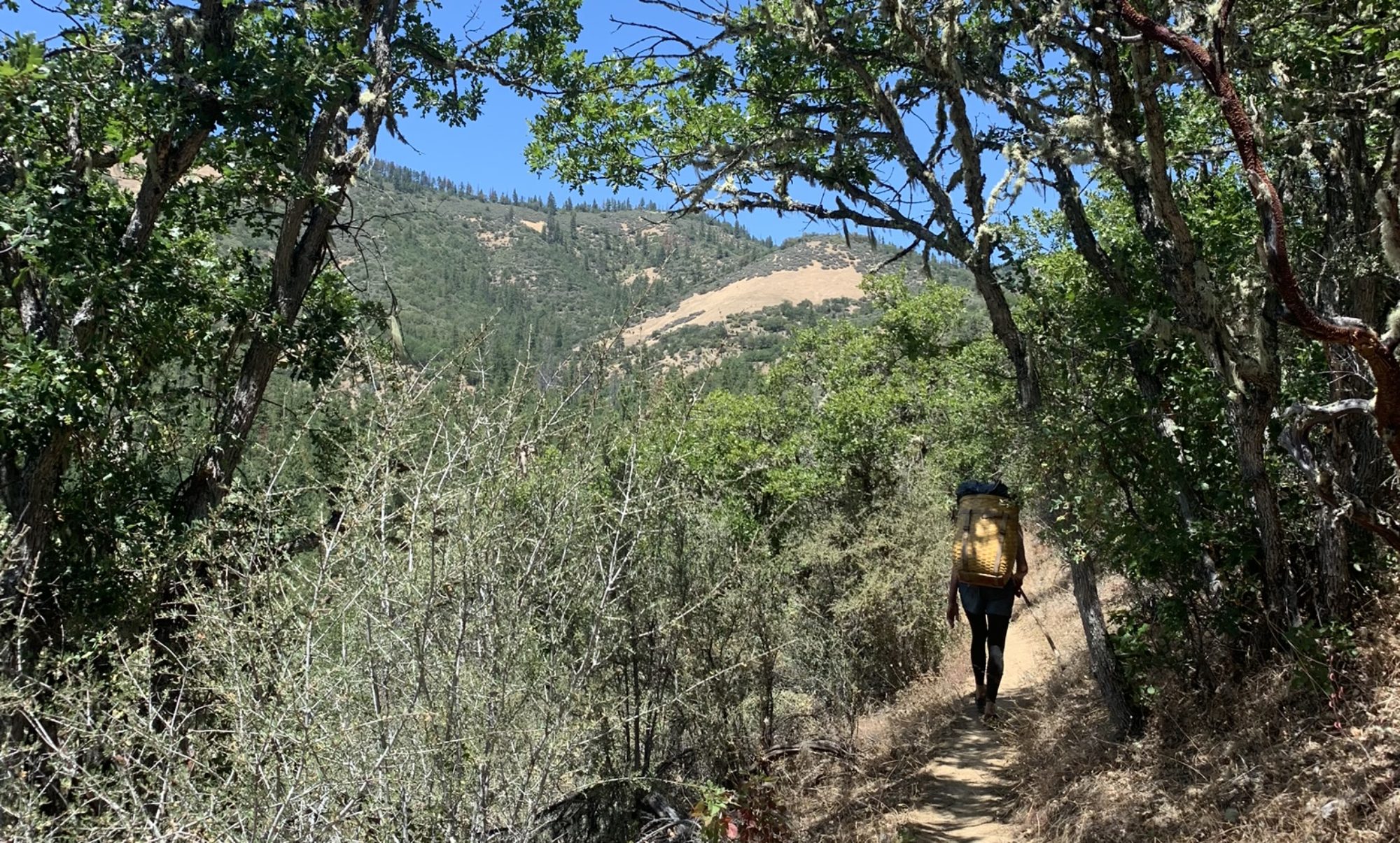By Tomi Hazel, October 2019

The dirigible floats quietly up the river on the canyon effect day-wind. The big thermal towers that draw us up canyon rose on the south facing slopes as the morning sun heated the grassy meadows. Hawks and Eagles spiral up over the mountain range, flying into the rotating gyres.
Dakubetede is Athabaskan for “People of the Beautiful Valley. This tribe of long deep inhabitation was completely removed from the Little Applegate Valley during the gold rush of the mid-nineteenth century by imperial reckoning. We have very few stories to tell of them and only recently even learned to pronounce the name correctly: da ku BAY tay day.
When we manage to actually arrive as a real culture of place everything will be different. This may take a long time. As newly arrived settlers, here less than a couple of centuries, we have a lot to learn. The place itself will teach us how to be “people of the beautiful valley.”
A small gondola hangs under the cucumber shaped and hemp skinned airship. The charcoal retort fuels a small propeller and heats the air bags. With lift from hot air in the outer sack, and buoyancy in the hydrogen/carbon monoxide bladders, the dirigible is floating and moving along nicely. The tail rudder and the stabilizing fins allow us to steer our way up the canyon and into the next big valley east through Wagner Pass.
We can still see remnants of the Dakubetede horticulture along the gulches on Wolf Gulch Ranch. Clumps of Hazel growing under riparian shade trees and patches of Grey Dogwood remain. The Oak-Pine savannah is buried in brush since regular burning ceased, but can be restored.
Our new life is being built on this degraded landscape. The damage of colonial commodity extraction has reduced the carrying capacity of this complex canyon land. Water tables have fallen. Perennial grasses have been replaced with shallow rooted annuals. The balance of predators, prey, and humans, mediated by thousands of years of controlled burning and observant stewardship has been broken.
Although the gulches have been down-cut by mining activity and the water table has dropped since the removal of Beaver, traces of extensive horticulture can still be found. There are fiber plants and Modoc Plum and patches of geophytes, the edible bulbs so important to good nutrition.
The sustainable options for continued inhabitation will be constrained by the actualized potential of restoration. Our skimming of these damaged ecosystems needs to be sensitive. What can we take without further damage?
The Dakubetede fought bravely after their village was overrun by the Jacksonville miners’ militia. They routed the militia in the battle of Williams but were ultimately defeated and the survivors removed to the Siletz reservation on the coast. A reputation for fine Hazel basketry has persisted.
As the dirigible is being winched down the mooring mast in Talent-on-Wagner-Creek to the anchor pad, the fire is quenched and we prepare to unload our lovely Hazel and Dogwood baskets and Manzanita charcoal. We are looking forward to the barn dance.

